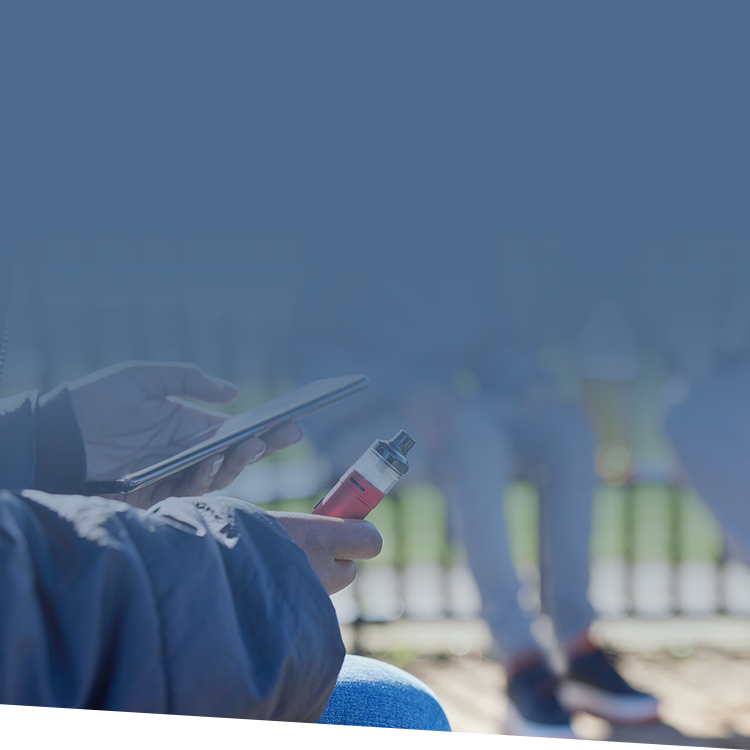Substance abuse in the adolescent populations has soared over the last several years. Media reports of this upward trajectory suggest a hopeless battle. But targeted prevention efforts are showing significant success, and it all starts at school.
Get the Facts
Marijuana is now legal across much of the United States. Currently, 37 states have legalized the use of medical marijuana, and in 19 states have legalized recreational use. With an increased number of cannabis dispensaries in towns and cities, it’s more accessible than ever before.
Celebrity and social media normalization of marijuana adds to the narrative that it’s not a big deal to smoke or vape. But to the developing adolescent brain, that misperception can yield serious consequences.
Change in Marijuana
The changing landscape of drug use goes beyond the logistics of accessibility. Tetrahydrocannabinol (known as THC) is the psychoactive ingredient in marijuana. In the 1960s, the level of THC found in marijuana was approximately 2%. In the 1980s, that percentage doubled. Today’s cannabis user can expect an average of 20% THC.
Most teenagers choose vape pens over actual smoking—but few parents or children understand that vaping uses a concentrated form of the cannabis plant. The amount of THC when vaping ranges from 60% to 97%. So, when a young adolescent tries marijuana using a vape pen, the potency of the drug is at least 20 times stronger than it was a couple of generations ago.
Drugs and the Teenage Brain
Teens often turn toward vaping—both nicotine and marijuana—to escape negative feelings, thoughts, or behaviors. The likelihood of this happening increases if a student is experiencing mental health challenges.
And there’s a physiological reason teenagers sometimes choose risky behaviors without considering the outcome. The frontal lobe does not develop fully until the age of 25. This critical area of the brain manages key functions—including cognition, emotions, and judgment. Lack of self-control often results in poor decision-making, leading to:
- lower grades;
- higher levels of depression, anxiety, and suicide; and
- increased risk of developing substance abuse addiction.
What’s the Solution?
Teenagers spend nearly seven hours a day at school, five days a week—which provides educators a unique opportunity to reach them. With an effective prevention program in place and a basic understanding of how the teenage mind works, teachers and administrators can make a significant impact on the lives of their students.
Finding the Right Approach
Long gone are the days of “just say no.” Instead of a dogmatic approach with pithy slogans, adolescents are best reached with thoughtfulness and pragmatism.
- Focus on long-term goals. If a student wants to go to college or has a career aspiration, talk about achieving those goals. Do they perform better in the classroom when they’re high, or when they’re sober and clear-headed?
- Listen to students. Start a healthy dialogue. Teens will have a lot to say when they feel safe sharing their thoughts and feelings. Show your support by talking with them, not at them.
- Dedicate time to update programming. A school’s drug prevention program is a living document. Plans from 15 or 20 years ago do not speak to today’s teenagers. Consult with professionals to assess your current program and adjust as needed.
- It truly takes a village. Bring all constituents—students, parents and families, teachers, staff, and administrators—together for the best results. Consistent messaging, open conversations, and an honest approach will contribute to a positive school culture and a healthier student body.
*Content courtesy of Dr. Sarah Ferraro Cunningham, a licensed psychologist specializing in substance use. She is the co-founder of Panaptic, a comprehensive cannabis prevention curriculum for schools, families, and communities.





